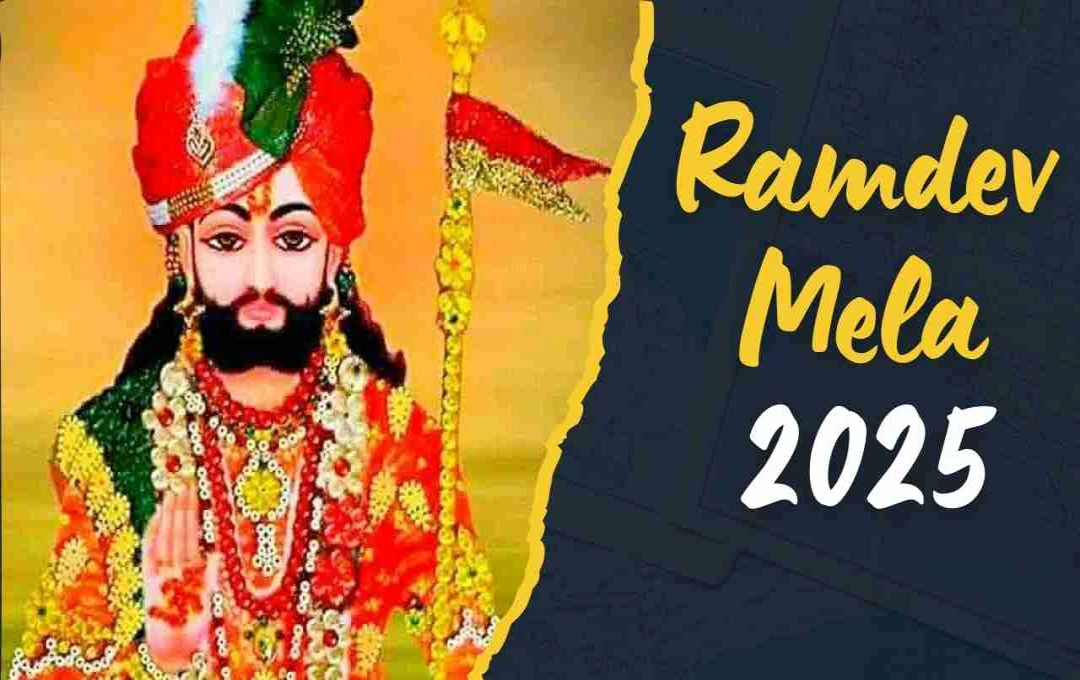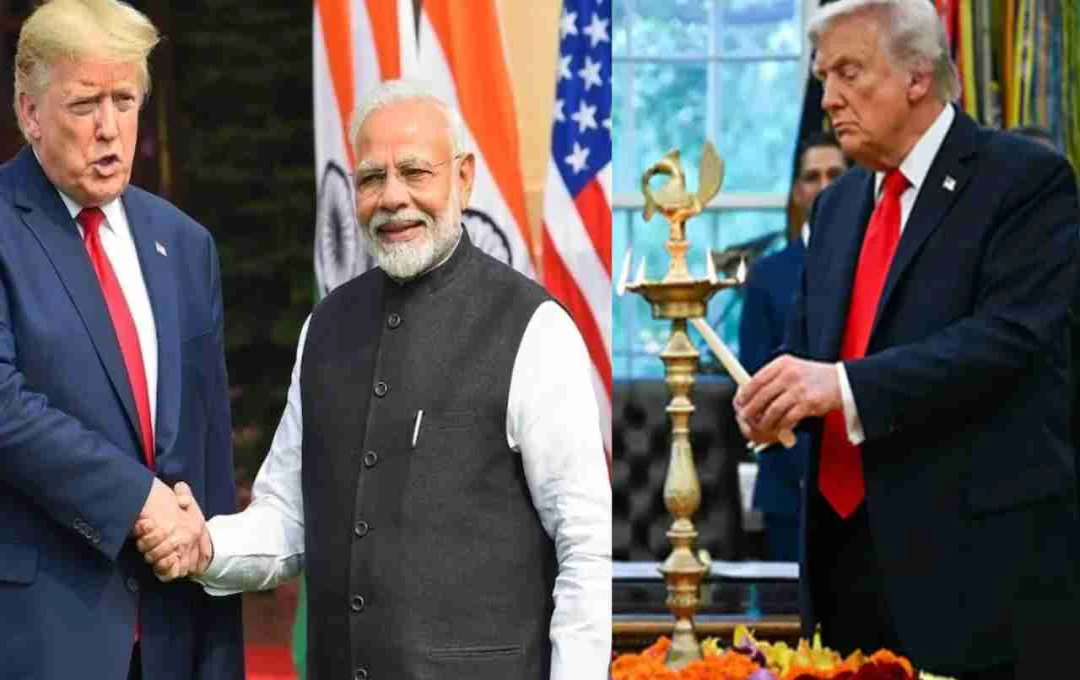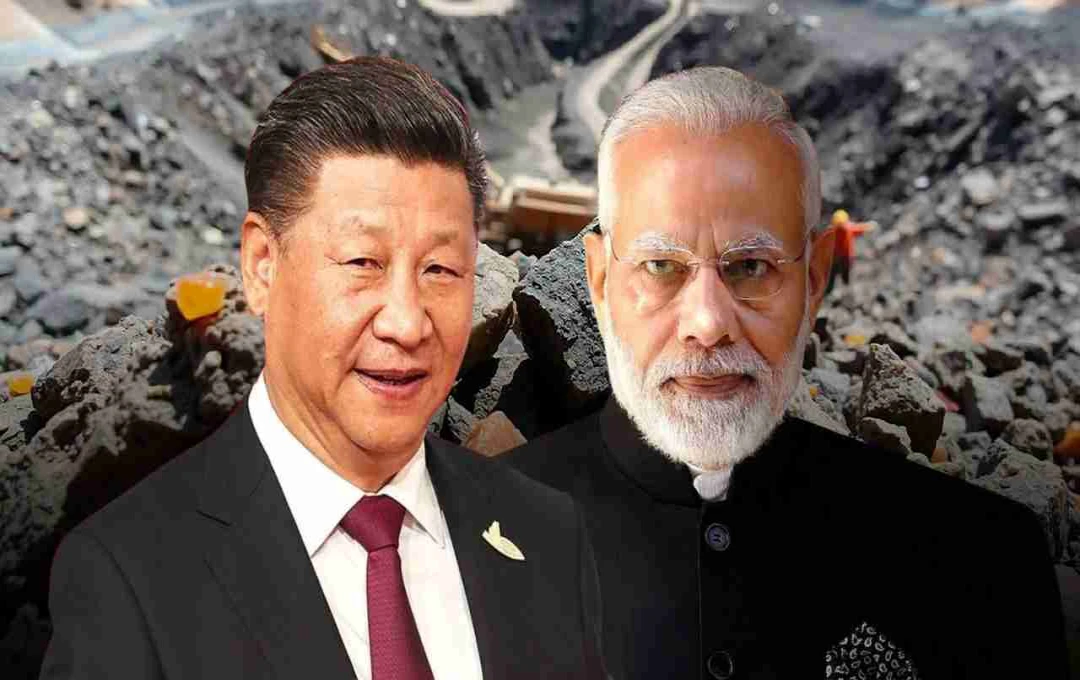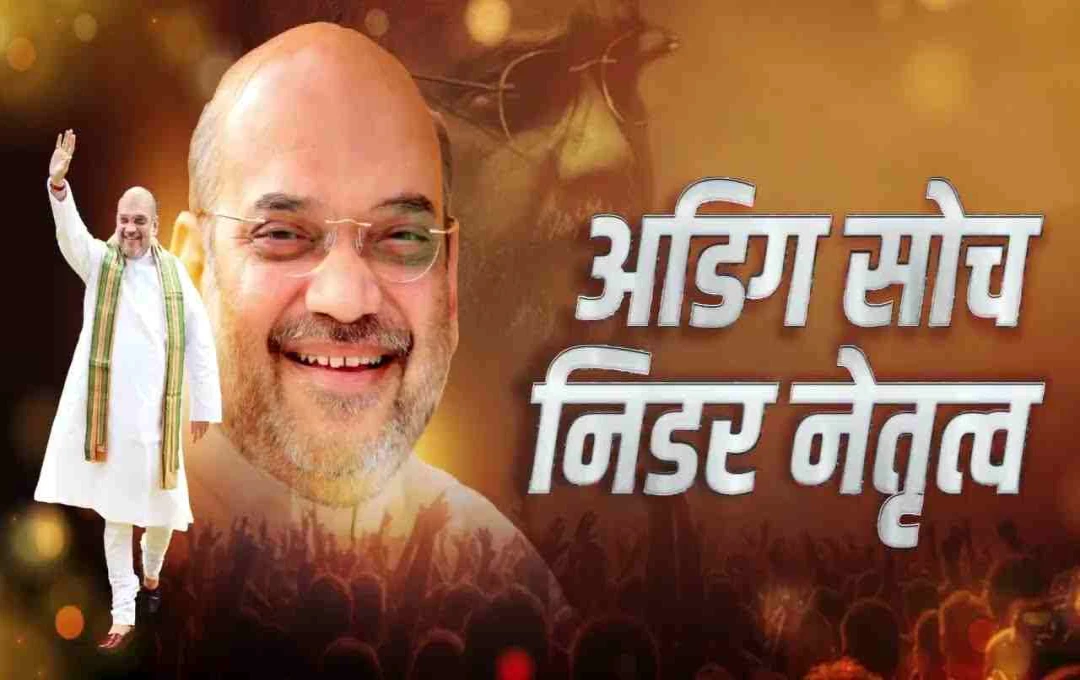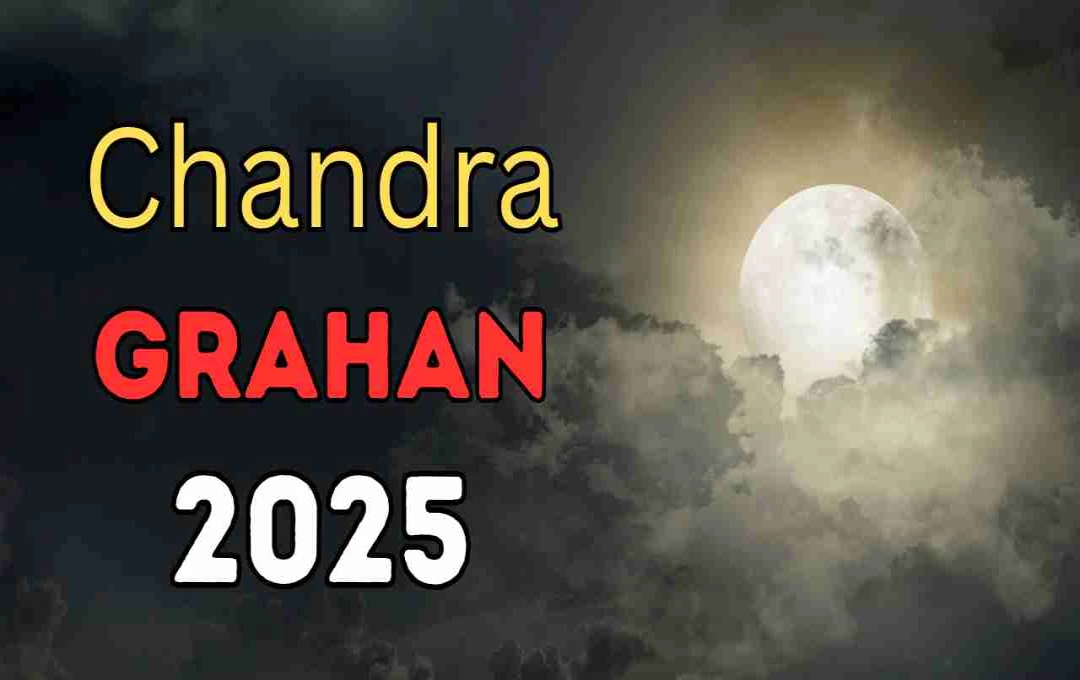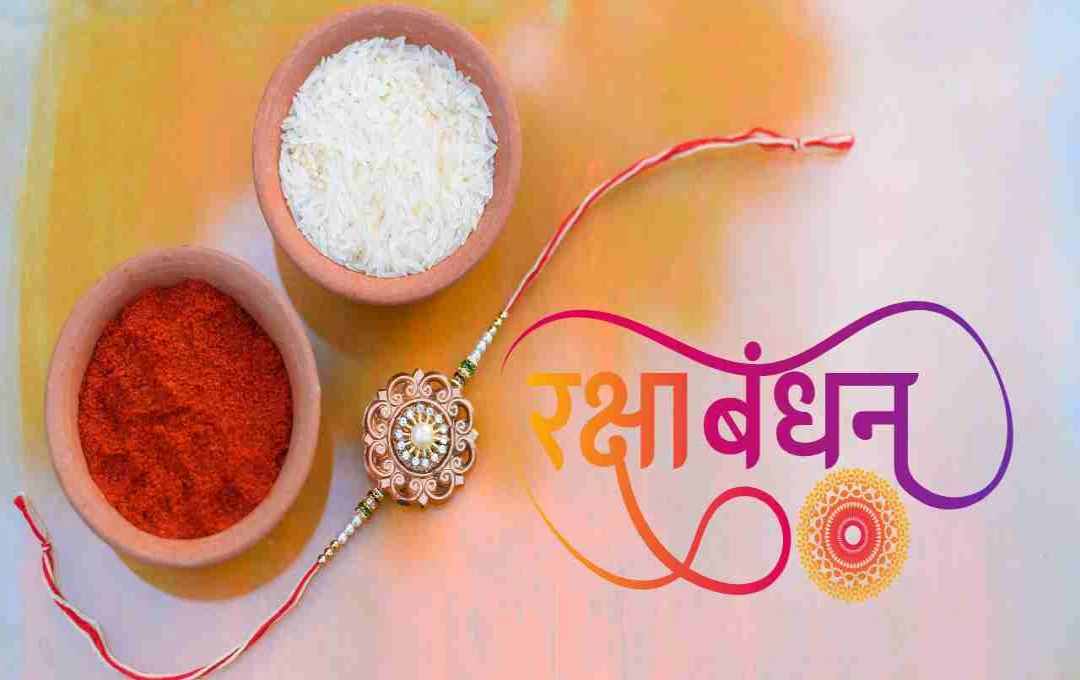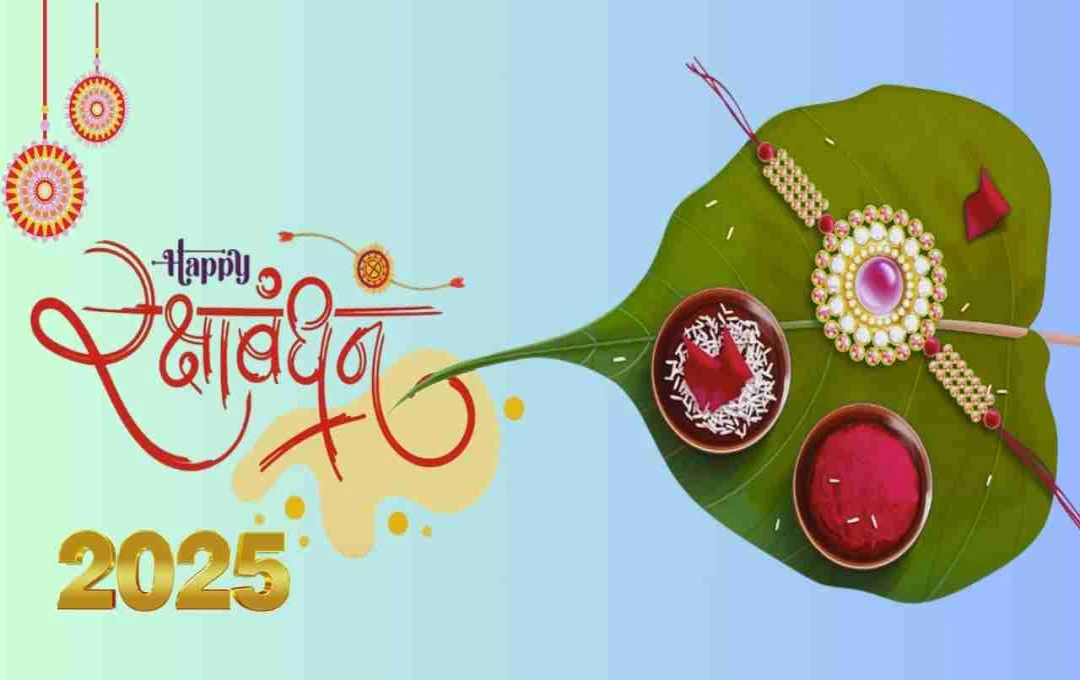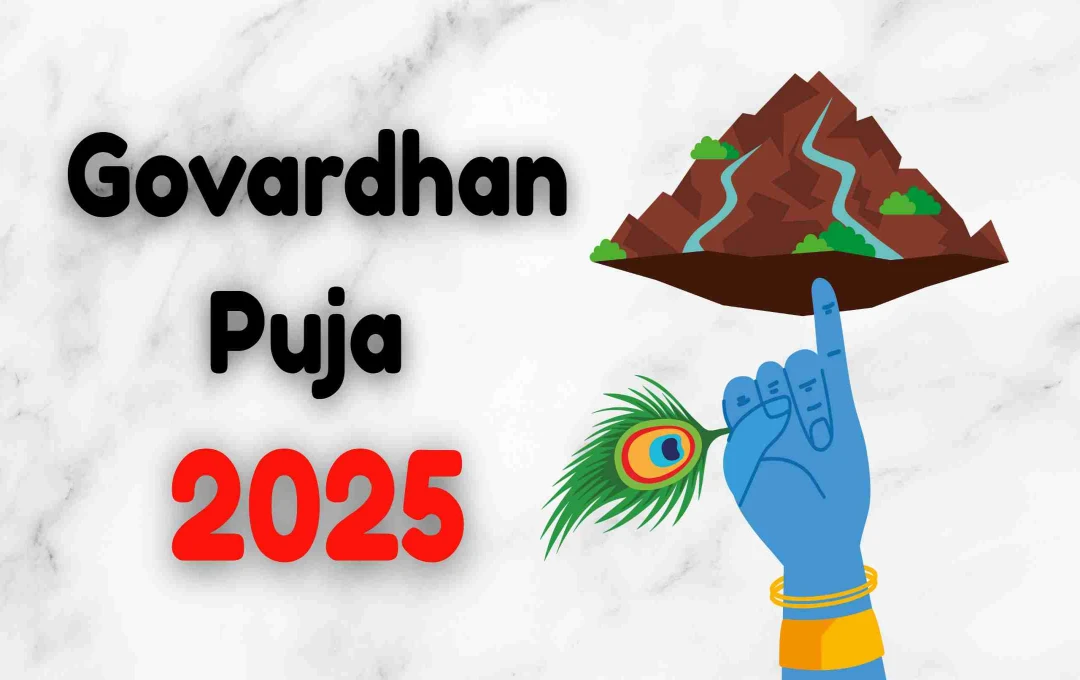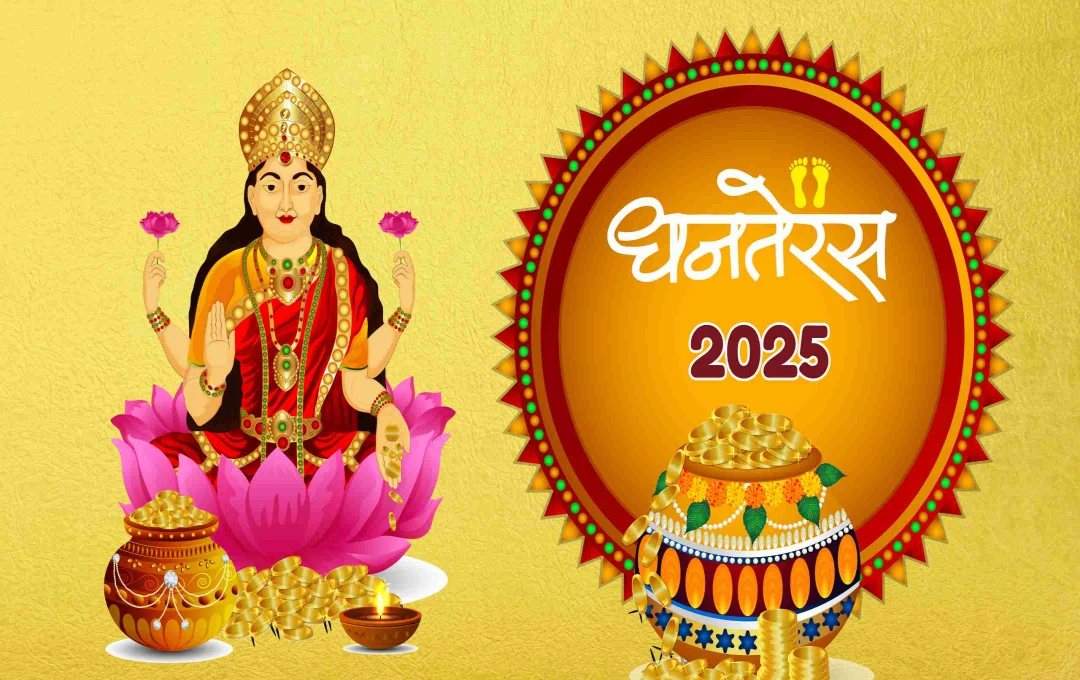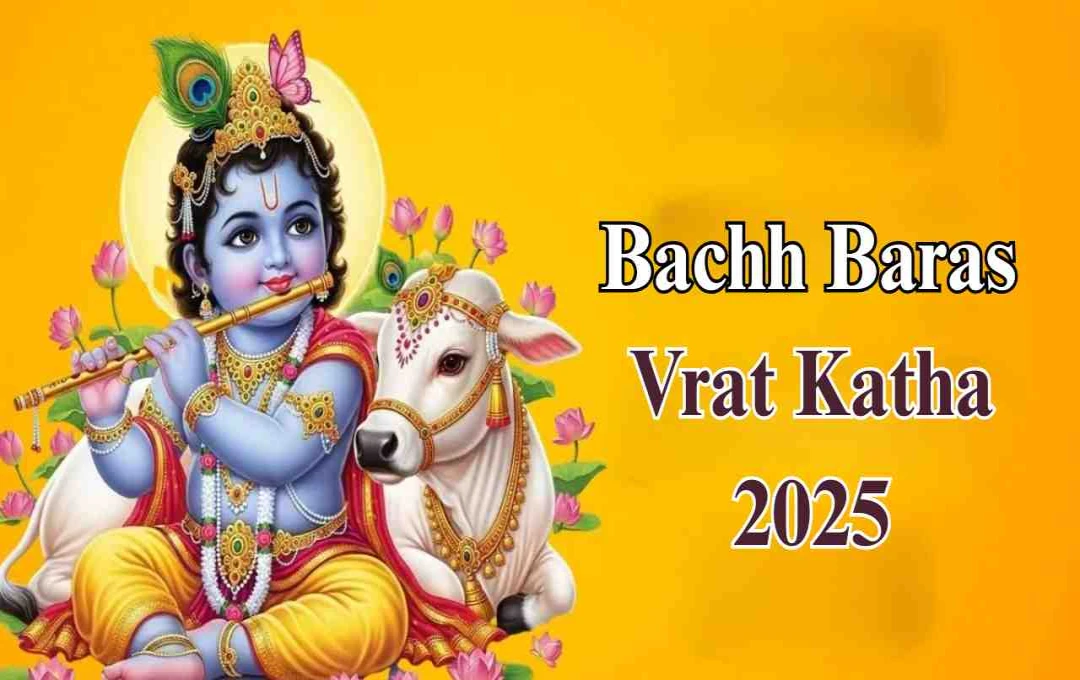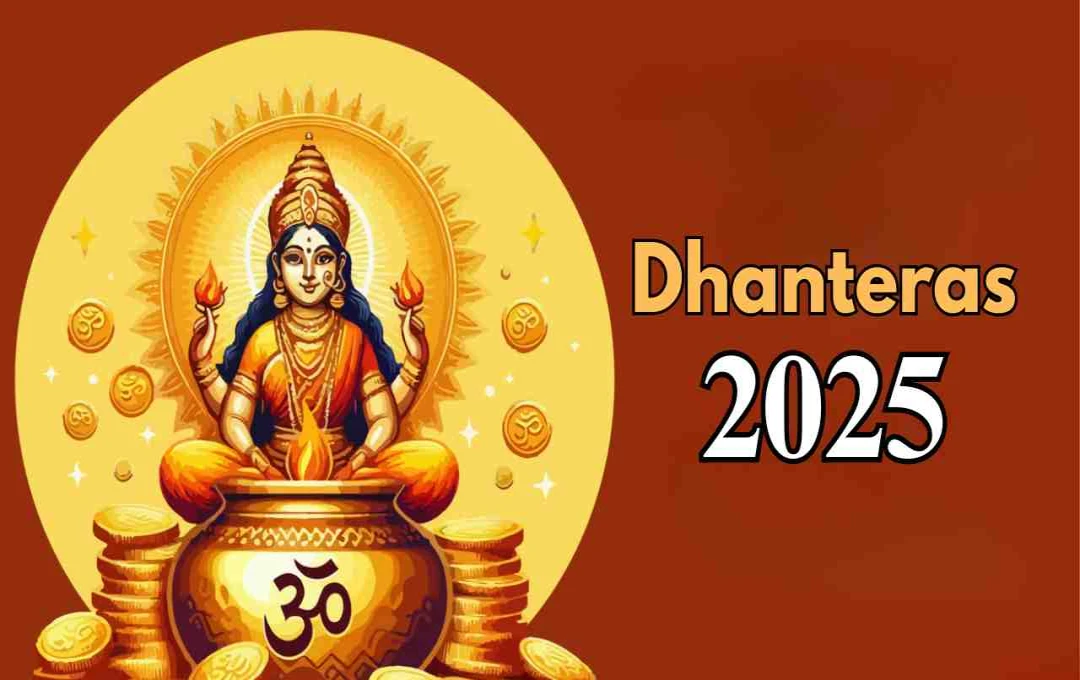The Ramdev Mela is organized in Ramdevra, Jaisalmer district of Rajasthan, providing an opportunity to remember the devotion, teachings, and miracles of Baba Ramdev. The fair is a symbol of religious, cultural, and social harmony.
Ramdev Mela: India is world-renowned for its diverse religious and cultural traditions. Religious festivals and fairs are organized in every part of the country, which not only showcase the faith of devotees but also spread the message of cultural harmony and brotherhood in society. One such significant religious and cultural event is the Ramdev Mela, held in Ramdevra, Jaisalmer district of Rajasthan. This fair is celebrated in remembrance of the saint Baba Ramdev (Ramshah Pir / Ramsha Peer), who is considered an avatar of Lord Krishna.
Biography of Baba Ramdev
Baba Ramdev was born in the year 1409 Vikram Samvat (1352–1385 AD) in a Rajput family in the Pokhran region of Rajasthan. His father's name was Raja Ajmal (Ajmal Tanwar) and his mother's name was Rani Meenaldevi. Not having a son, Raja Ajmal and Rani Meenaldevi prayed to Lord Krishna for a child. It is said that Raja Ajmal, with his immense devotion and dedication, received a boon from Krishna, and Ramdev was born as his son. Ramdev was born on Chaitra Shukla Panchami.
Ramdev was endowed with divine powers from childhood and he adopted the path of equality, devotion, and service to humanity throughout his life. He helped everyone, rising above caste, religion, or social status. This characteristic of his makes him extremely popular among devotees even today.
Baba Ramdev and His Miracles
Baba Ramdev is also known for his extraordinary miracles. During his lifetime, he performed 24 major miracles, which included fulfilling people's wishes and making the impossible possible.
According to a famous legend, five Pirs came from Mecca to test his powers. Ramdev welcomed them and invited them for a meal. The Pirs said that they only eat from their own vessels from Mecca. Then Ramdev, smiling, said, "Look, your vessels are coming." To their surprise, their vessels flew through the air and arrived here from Mecca. Seeing this, the Pirs became devotees of his dedication and divinity and gave him the name Ramshah Pir.
Ramdev's Teachings and Literary Contributions
Ramdev was not just a religious saint but also made poetic and literary contributions. He recited many oral poems (Baniyan), which were written and compiled by his followers. His major work is "Baba Ramdev Chobbis Praman," which includes 24 Baniyan.
In these Baniyan, he elucidated the importance of a spiritual guru (Satguru) and stated that whoever chants the name of the Satguru attains true peace and liberation. He used to say:
'Jo Satguru ka lewe naam, wo hi paye achal aram'
These teachings of Ramdev continue to guide his followers in life even today.
Ramdev's Samadhi Sthal and Temple
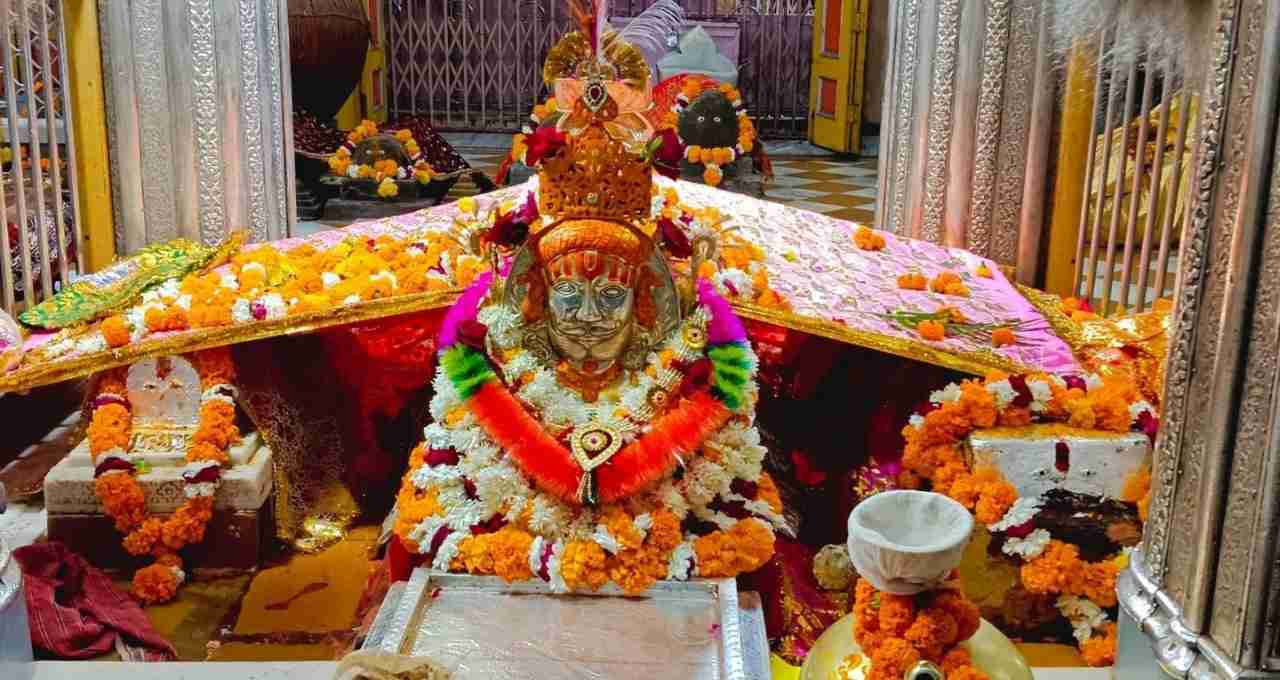
Baba Ramdev took samadhi at the age of 33 on Bhadrapada Shukla Ekadashi in Ramdevra, Pokhran. Maharaja Ganga Singh built a temple at his samadhi sthal in 1931.
Within the temple complex are also the samadhis of Ramdev's followers and prominent disciples like Dalibai. Additionally, the tombs of the five Pirs from Mecca are also located here. Inside the temple complex is a large stepwell named Parchha Bawari, the water of which is considered miraculous and curative.
Significance of Ramdev Mela
The Ramdev Mela is organized on the occasion of Ramdev Jayanti (Chaitra Shukla Panchami) and Samadhi Diwas. This fair lasts for 7 days, from Bhadva Shukla Dooj to Bhadva Shukla Ashtami. Saints, devotees, and people from various communities participate in large numbers in this fair.
This fair holds special significance from religious, social, and cultural perspectives. The fair provides devotees an opportunity to connect with the teachings and ideals of Baba Ramdev.
Religious Activities at the Fair
Devotees participate in various religious rituals at the Ramdev Mela. These include:
- Bhajan-Kirtan and Satsang: Bhajan-kirtan and satsangs are organized in the temple complex, where the teachings of Baba Ramdev are presented through songs and discourses.
- Prasad Distribution: Prasad is distributed among the devotees, which is considered the grace and blessings of Baba Ramdev.
- Aarti and Puja: Special aarti is performed every day of the fair.
Festival of Religion, Culture, and Social Confluence
The Ramdev Mela is not just a religious festival. It is also a symbol of cultural interaction and social harmony. Folk dances, theatrical performances, and handicraft exhibitions are organized at the fair.
Local artisans display their handmade products at the fair, which also promotes the local economy. During the fair, tourists, traders, and devotees all come together to make this festival enjoyable and memorable.
Devotee Participation at Ramdev Mela
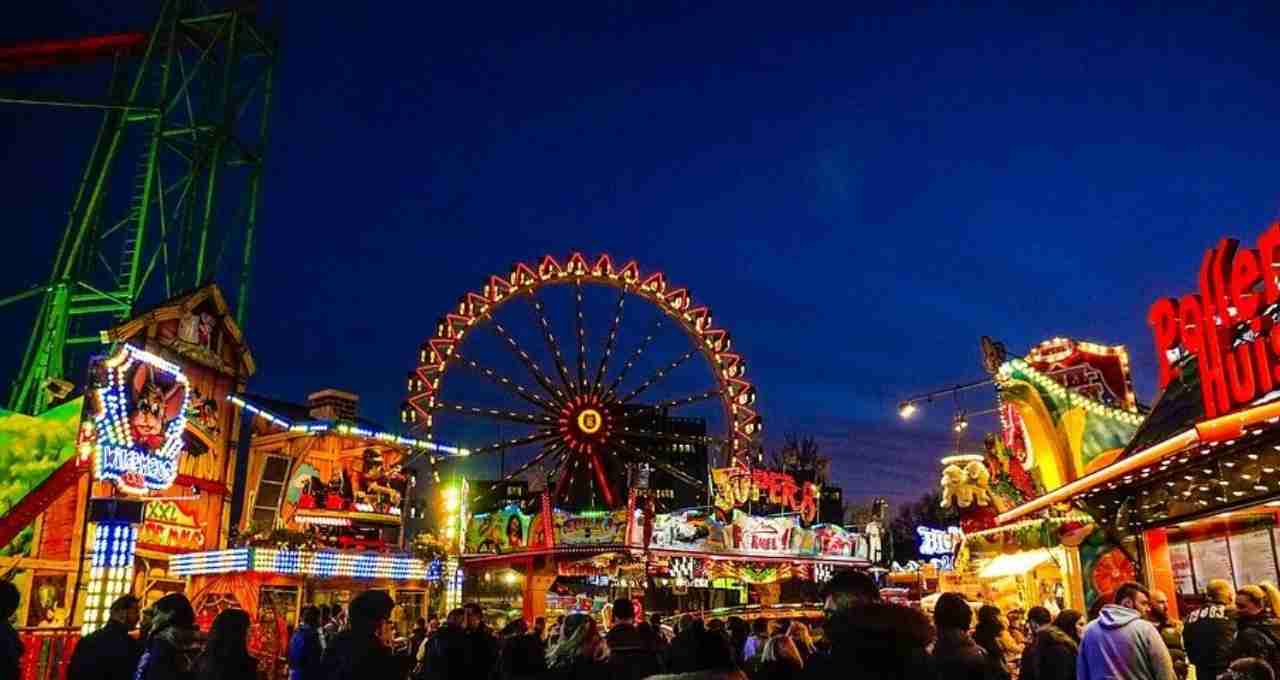
Devotees from across the country and abroad attend the Ramdev Mela. People from Rajasthan, Gujarat, Punjab, Haryana, Madhya Pradesh, Mumbai, Delhi, and the Sindh region of Pakistan participate in this fair.
Devotees attain spiritual fulfillment by participating in bhajan-kirtan, aarti, and other religious activities. This fair serves as a symbol of brotherhood and harmony among different religions and communities.
Modern Facilities and Event Arrangements at Ramdev Mela
In modern times, the Ramdev Mela is promoted more widely through social media and digital platforms. Along with this, special attention is paid to arrangements such as cleanliness, environmental protection, and first aid at the fair.
Security, water, food, and health facilities are fully available at the fairgrounds. This ensures that devotees can enjoy this spiritual experience without any hindrance.
The Fair and the Local Economy
The Ramdev Mela is also important for the local economy. During the fair, local traders and artisans get an opportunity to sell their products. This increases employment opportunities and also promotes local development.
The arrival of tourists also benefits hotels, dhabas, and transportation businesses. Thus, the fair is not only a religious festival but also an economically beneficial event.
The Ramdev Mela is not only a symbol of the devotion and teachings of Baba Ramdev but also keeps alive the cultural and spiritual heritage of Rajasthan. This fair promotes the spirit of equality, brotherhood, and service in society. Along with being a religious festival, it is also important from economic, social, and cultural perspectives. Every year, this fair offers spiritual satisfaction and cultural experiences to devotees.
